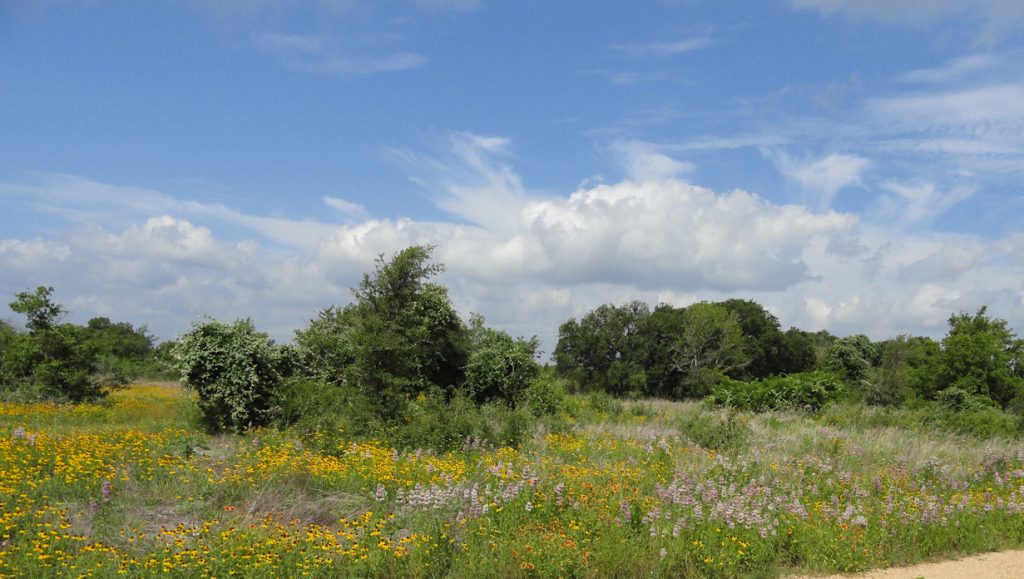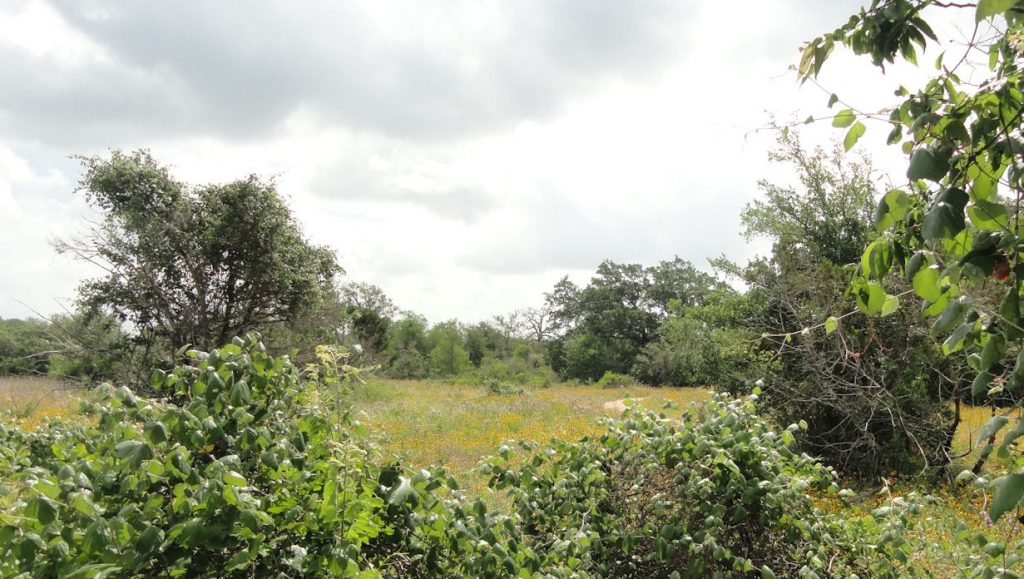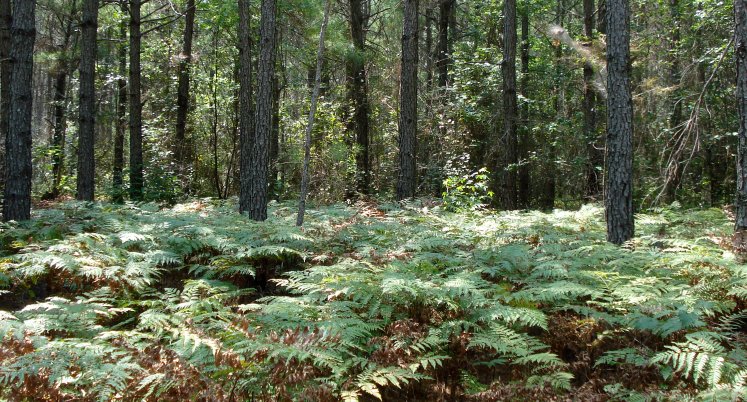
Fire is an important part of ecology of savanna and grassland biomes. I described my visit to the Texas arboretum. That is the kind of place I would like to visit over and over, since I am sure lots of things are happening, seasonally and in terms of management. Fire management is a big part and I was interested in looking at the results of different fire regimes. The three pictures show different fire management. The top picture was burned in the summer. The middle picture shows a winter burn and the bottom was burned in the fall. They should also have an unburned section for comparison.

I don’t know how long ago they were burned. The sign did not say and it is harder to tell than you might think. This sort of Savanna vegetation grows back very fast when the fire is not too hot. I would contrast that with a big burn I saw along Hwy 71. There were acres of dead trees and devastated land. I looked it up on the Internet and learned that there was a big fire here in 2010 that destroyed 600 homes and 30,000 acres. It was a hot and destructive fire. It obviously jumped a big highway, so a fire break would not have worked.

I am certified by the State of Virginia as a fire manager. I would not trust my skills on the ground w/o lots of help, but I did take the certification course. I wrote about fire here, here, here, here, here, & here, among others. I just love the subject of ecosystem management. Below is a Virginia forest that had big understory burn. The ferns you see in the picture are “fire ferns”. They often come after the burn. This is two years after the fire. This was not a planned fire. It scorched the needles and some people thought the trees were dead. They were not.

